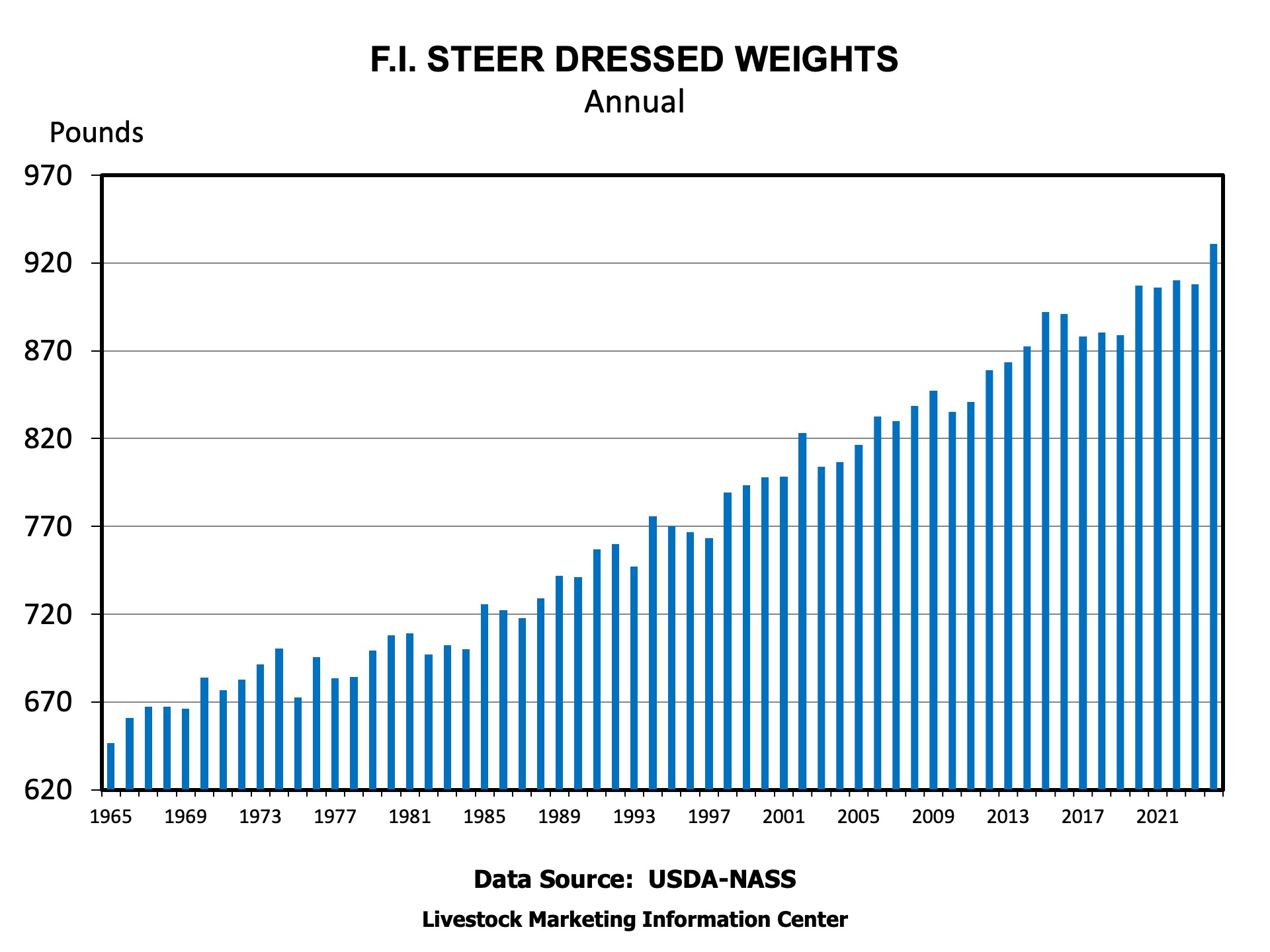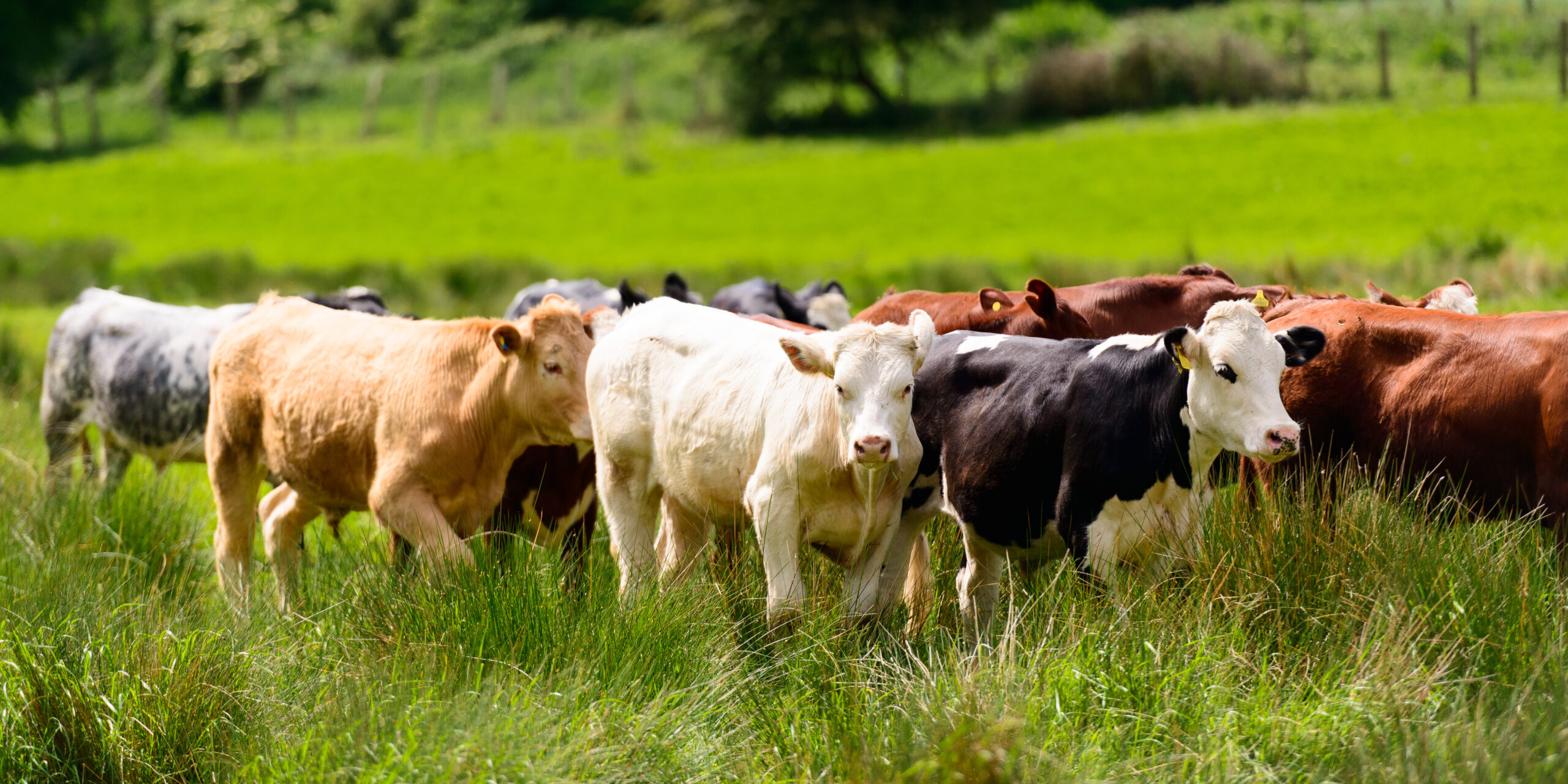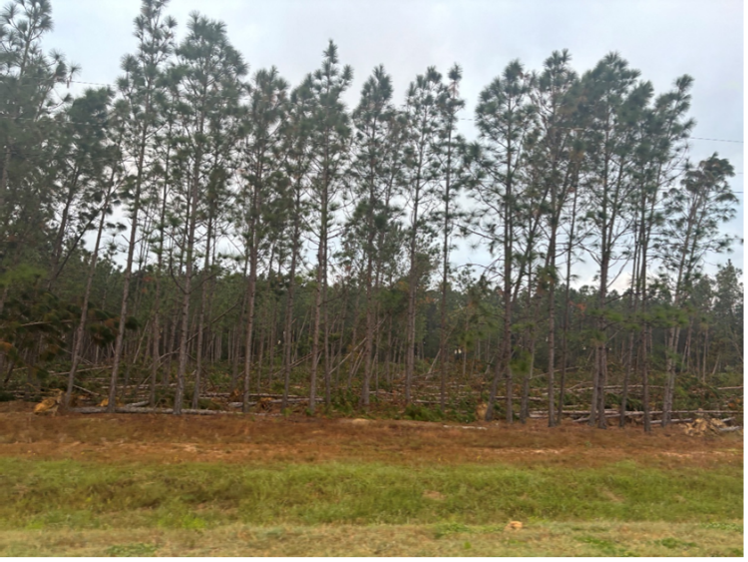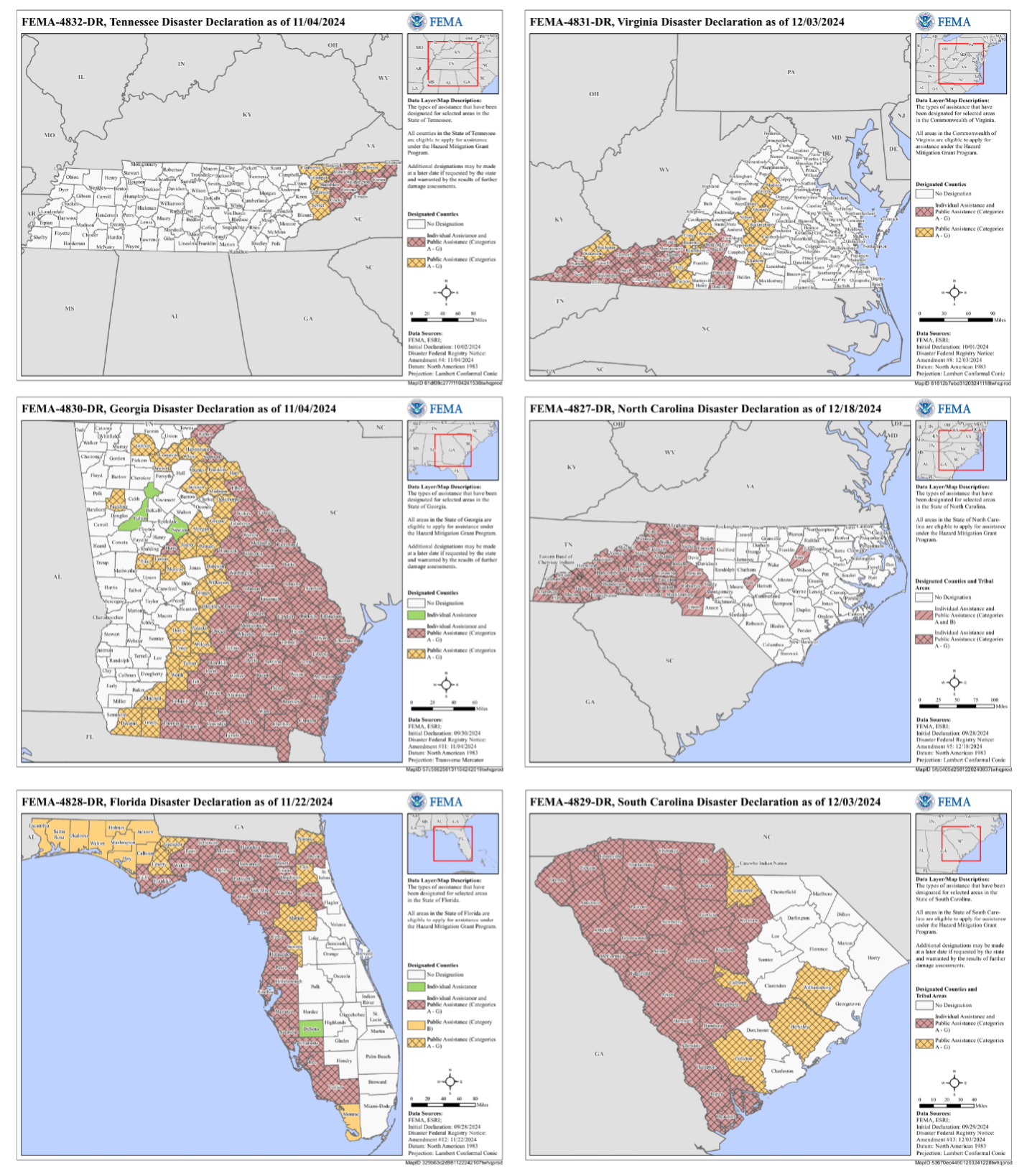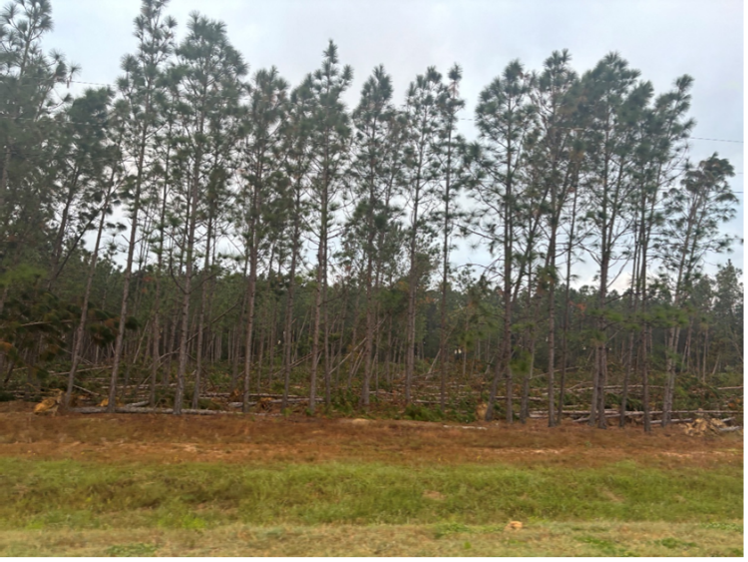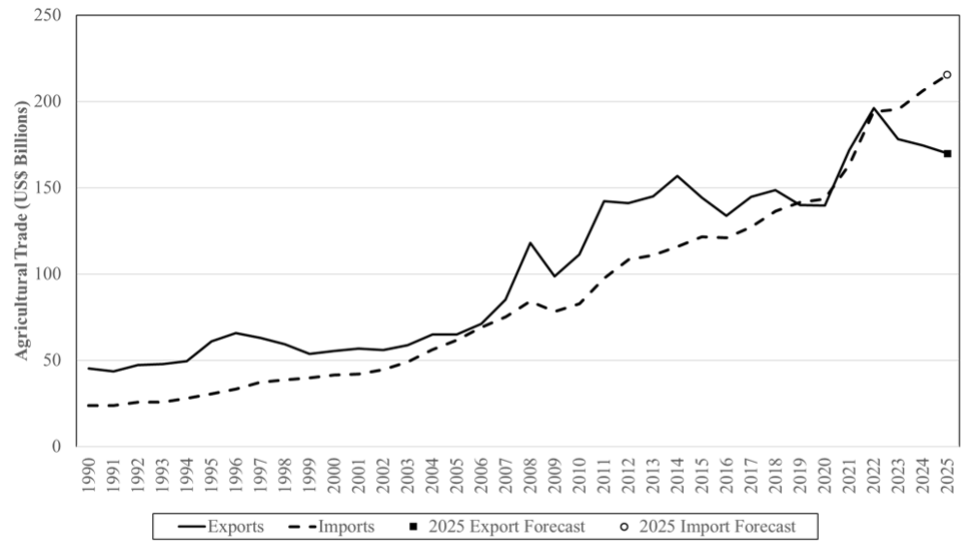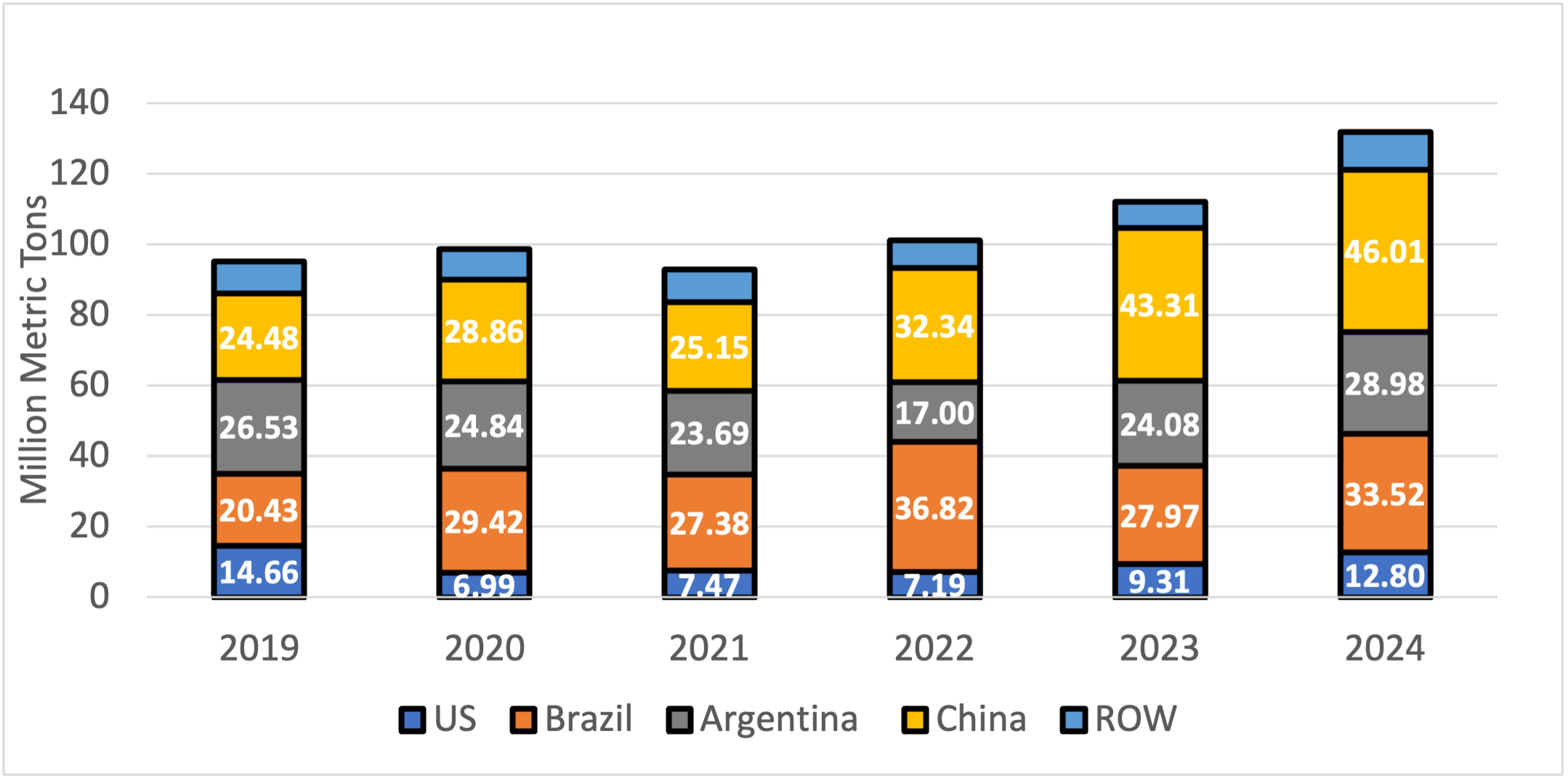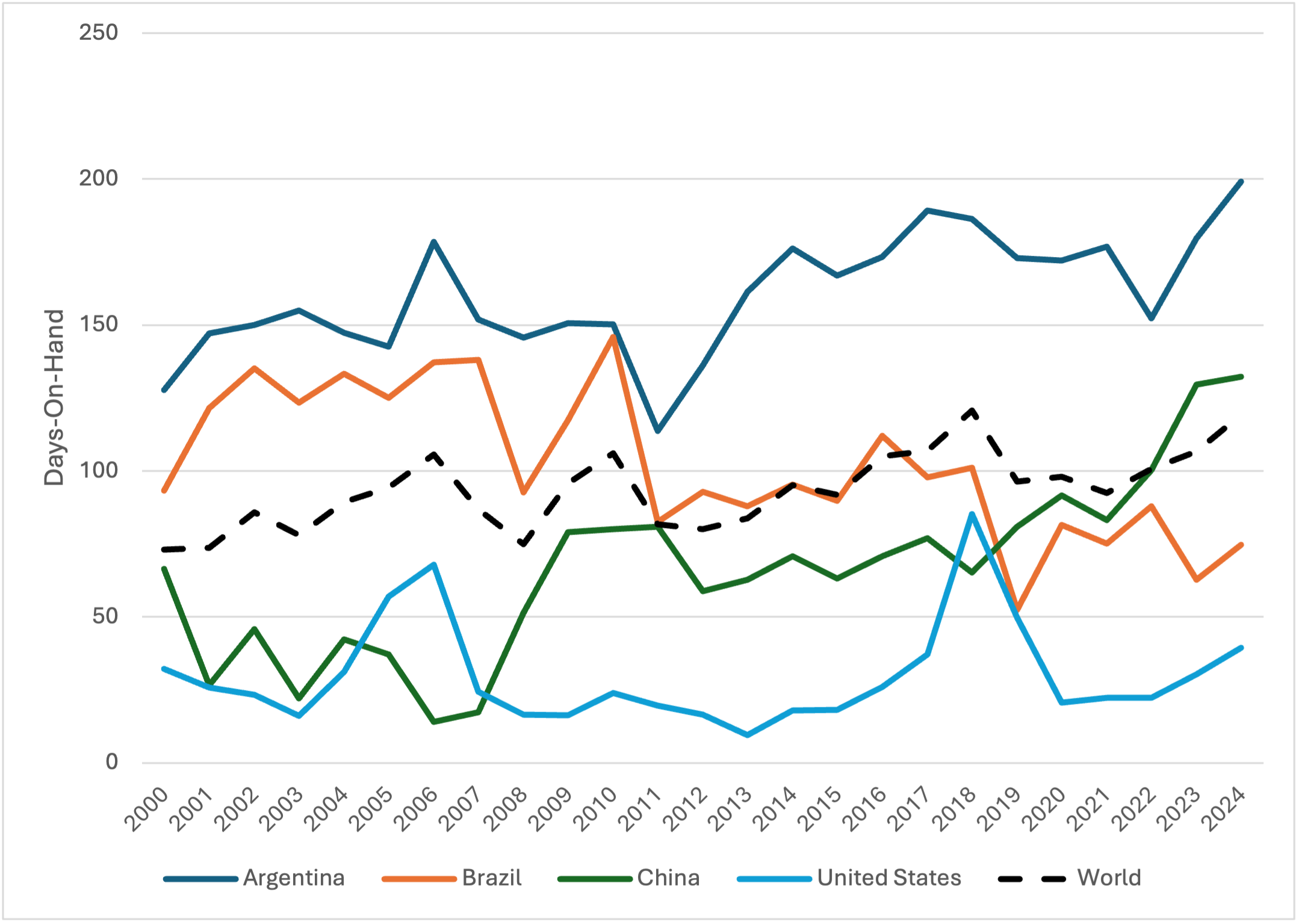While the current outbreak of highly pathogenic avian influenza (HPAI) began in 2022 primarily infecting wild birds and domestic poultry, 2024 produced evidence of a mutated virus infecting dairy cattle in large numbers, as well as evidence of human infections thankfully limited in both case numbers and virulence.
In human and animal health circles, the concepts underlying the terminology “One Health” (i.e. an integrated, collaborative approach by the medical and veterinary professions to the control of zoonotic disease) have been discussed for years. However, during this past year, the reality of the general public itself following a multi-disciplinary and multi-state epidemiological investigation of the HPAI strain in dairy cattle has thus far produced a complex set of still-evolving answers.
To some, in particular those who feel they are now armed with relevant recent knowledge gained from the COVID-19 pandemic, USDA and CDC disease control efforts have been perceived as not aggressive nor collaborative enough. In the end, perhaps only the history books will be able to render a judgment on that score.
But in the meantime, one fairly recent development in an unrelated legal dispute may address questions at the core of any One Health effort to control this zoonotic disease. What are the statutory limits of the federal government’s attempts to control a potential animal disease?
The federal government’s legal authority in this regard arises from a law known as the Animal Health Protection Act. This law vests broad and sweeping powers in USDA’s Animal and Plant Health Inspection Service (USDA APHIS) over the import, export and interstate movement of livestock and “articles or means of conveyance,” by regulations and orders “necessary to prevent the introduction into or dissemination within the United States of any pest or disease of livestock.” 7 U.S.C. § 8305(1). The primary statutory tools have and likely will continue to be orders designed to control interstate movement of dairy cattle, as well as other means of disease conveyance—including milk itself.
By fortunate historical circumstances and decades of regulatory precedent, mandatory pasteurization of milk in interstate commerce fits the bill as the most effective and efficient control measure for this zoonotic disease.
Nevertheless, re-examination and a fundamental questioning of the Animal Health Protection Act’s parameters of authority has been raised by the October 30, 2024, commencement by beef cattle producers of a lawsuit seeking to invalidate USDA’s final rule on electronic identification eartag (“EID”) requirements for certain cattle and bison. The final rule was promulgated, effective November 5, 2024, pursuant to Animal Health Protection Act authority, specifically animal disease traceability as a subset of the broad authority over any and all means of disease conveyance.
In Ranchers-Cattlemen Action Legal Fund United Stockgrowers of America v. United States Department of Agriculture, No. 5:24-cv-05085, multiple beef cattle producers (hereinafter collectively referred to simply as “R-CALF USA”) commenced a lawsuit by complaint in the U.S. District Court for the District of South Dakota seeking to invalidate the USDA APHIS final rule titled “Use of Electronic Identification Eartags as Official Identification in Cattle and Bison” (89 FR 39540). For the purposes of this article, the portion of the final rule at issue is the new text at 9 CFR §86.4(a)(1)(i) stating that all official eartags sold for and applied to cattle and bison that are required to be officially identified for interstate movement must be readable both visually and electronically.
The producers allege, among multiple claims, that the final rule exceeds the authority granted by the Animal Health Protection Act to take actions “necessary to prevent the introduction or dissemination” of a pest or disease of livestock because “participants within the production chain [of affected animals] may continue to use EID eartags in the exact same way that they use visual-only eartags,” and as such, the rule is not necessary because it “does not actually fix the problems it is supposedly addressing.” In other words, the determination of “necessity” is lacking for the new requirement of electronic readability.
By way of further explanation, according to the complaint, “USDA has previously ‘stated that a participation rate of 70 percent of the nation’s cattle herd would be necessary for a [animal disease traceability, or “ADT”] program to be effective’ . . . but the Rule only applies to 11 percent of the nation’s cattle herd.” R-CALF USA goes on to state: “APHIS provides only a conclusory statement that the ADT program helps prevent the dissemination of disease by helping minimize the effect of outbreaks through restrictions, such as the EID eartag requirement, that the agency has determined are necessary for efficient livestock tracing. . . But this bold statement does not reasonably explain how the EID Final Rule achieves any efficiency gains or why hypothetical efficiency gains are significant enough to be deemed ‘necessary’ under the Animal Health Protection Act.”
This litigation’s outcome could have broad and negative implications for all USDA APHIS actions taken pursuant to Animal Health Protection Act authority. The case essentially argues that every aspect of each regulatory requirement justified as serving animal disease control objectives must be subjected to the type of rigorous and individualized proof of “necessity” suggested by the R-CALF USA plaintiffs, taken out of the context of its role and place in the cumulative impact of the regulatory scheme on disease control and regulation. If this position is a correct interpretation of the law, the toolbox of measures available to USDA APHIS may shrink to only a handful of measures—perhaps only those which are proven to have a direct and independent causal relationship to ending the disease’s biological functioning.
While such a restrictive view of executive branch regulatory authority under the Animal Health Protection Act may not be inconsistent with some recent U.S. Supreme Court decisions reigning in administrative rulemaking, it would be a sea change in zoonotic disease control.
Duer, Brook, and Paul Goeringer. “2024 Brings Unprecedented Zoonotic Disease Control Challenge As Well As Far-Reaching Questions of Legal Authority.” Southern Ag Today 5(2.5). January 10, 2025. Permalink
